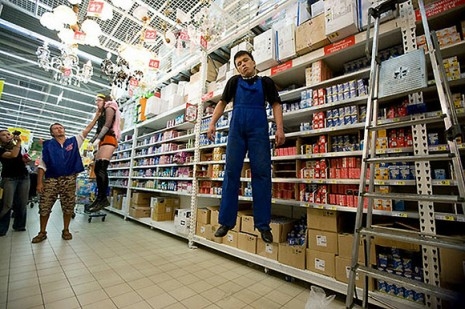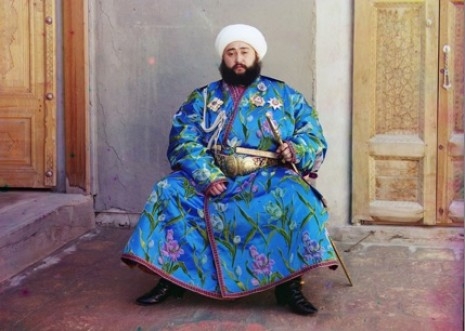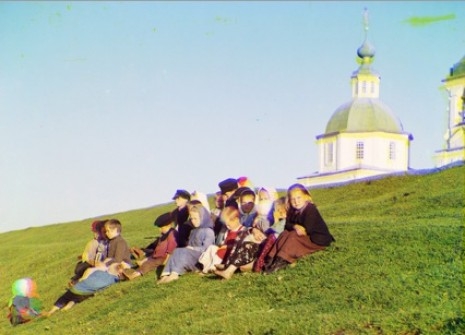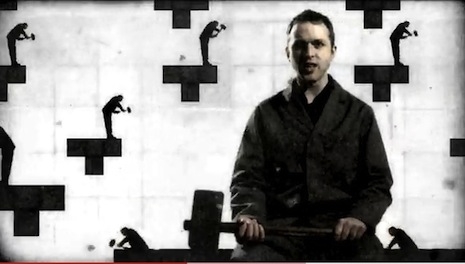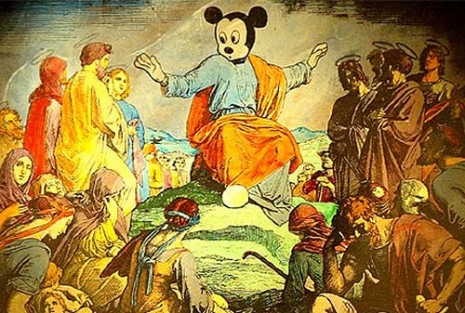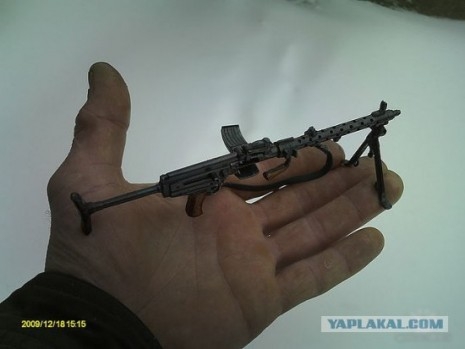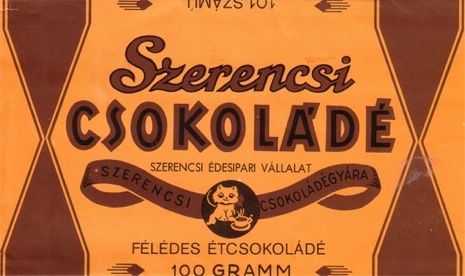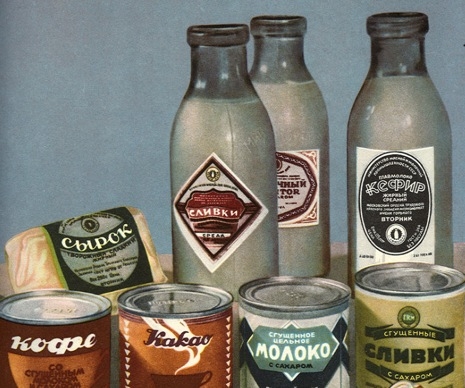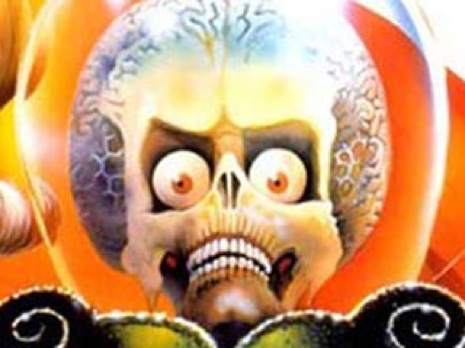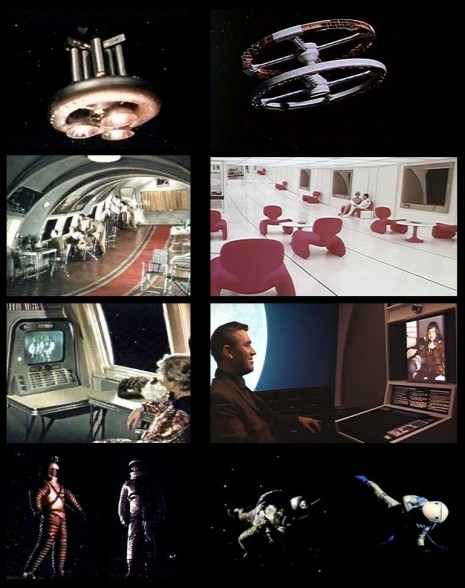
Scenes from Road to the Stars and 2001, side-by-side.
Film-maker Alessandro Cima has posted some fascinating clips from Pavel Klushantsev’s classic 1957 Russian science-fiction film The Road to the Stars, over at Candlelight Stories. Forget Kubrick’s 2001 for as Cima explains, Klushantsev’s masterpiece was the first and arguably the better of the two films.
Pavel Klushantsev’s 1957 film, Road to the Stars, features astoundingly realistic special effects that were an inspiration and obvious blueprint for Stanley Kubrick’s 2001: A Space Odyssey ten years later. The film is an extended form of science education, building upon existing 1950s technology to predict space exploration of the future. The sequences with astronauts in zero gravity are incredibly realistic. The second excerpt from the film features the construction of and life aboard a space station in earth orbit that is not only convincing but also beautiful. There are several scenes with space station dwellers using videophones that anticipate the famous Kubrick videophone scene.
Watching these short clips now, it is no surprise that The Road to the Stars has been described as:
...one of the most amazing special effects accomplishments in film history.
However, Klushantsev faced considerable difficulties in making such an effects-heavy film, at one point being asked by one Communist Party bureaucrat why he didn’t make a film about factory manufacturing or beetroot production, but as Klushantsev explained:
The Road to the Stars proved to me I did the right thing thing, one must envisage the future. People should be able to see life can be changed radically.
Klushantsev started work on the film in 1954, and liaised thru-out with Russia’s leading space program scientists, Mikhail Tikhonravov and Sergey Korolyov, to achieve accuracy with his own designs - from space suits, to cabin temperature and rocket design. Indeed, everything in Klushantsev’s film had to at least have an element of possiblity and it is this factual core that gave Klushantsev’s film a documentary-like feel. The film coincided with the launch of Russia’s robotic spacecraft, Sputnik, and led the previously antagonistic Russian bureaucrats to “foam at the mouth” and demand The Road to the Stars include shots of of the satellite in the film.
Bonus clips, plus short making-of documentary, after the jump…






